

Alexandria is the second largest city in Egypt, began in 332 BC, when Alexander the Great founded the capital of his huge empire the construction of the first city buildings was only finished half a century later by Ptolemy II Philadelphians (285–246 BC). From this time Alexandria became not only the new capital of Egypt but also the cultural center of the Hellenistic world. And most of historical monument have disappeared under the sea including the library of Alexandria that built by Alexander
But after the great works of Alexander the city was ruined in the Second World War which is leaded by hetlar . From the late 19th century, it became a major centre of the international shipping industry and one of the most important trading centers in the world
The mix history and the vibe of a modern Mediterranean city makes it a unique and beautiful exciting city to spent a few days
Alexandria has a Mediterranean climate, with warm humid summers and mild rainy winters. The daytime can be humid in summer, with summer temperatures averaging 31°C (88°F), but evenings are usually cooler and breezy, especially by the Corniche. Winters can get cold, with daytime highs down sometimes to 12°C (53°F), with ocassional rain and sometimes hail. Humidity is high throughout the year. The best time to visit Alexandria is in spring (March-June) and autumn (September-November), since it's at its busiest in summer, when Egyptians flock down to escape the searing heat of Cairo.
There are places that it talks about the history of this city and you should visit it
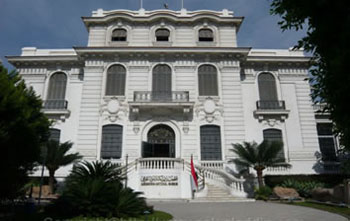
The Alexandria National Museum has grown in importance these days, and is now considered one of Egypt's finest museums And during President Hosni Mubarak role he inaugurated and one of the reason that u should visit this grand old city The national museum is located in a restored palace and contains about 1,800 artifacts that narrate the history of Alexandria throughout the ages, including the Pharaonic , Roman , Coptic and Islamic eras. And there are some modern pieces, including 19th century
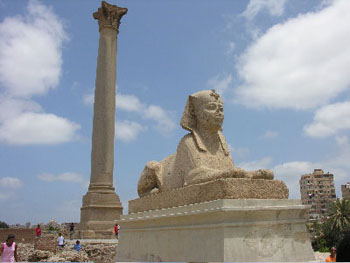
It was constructed in honor of the Emperor Diocletain Originally from the temple of the Serapis, Nearby are subterranean galleries where sacred Apis bulls were buried, After his defeat by Julius Caesar in the civil war
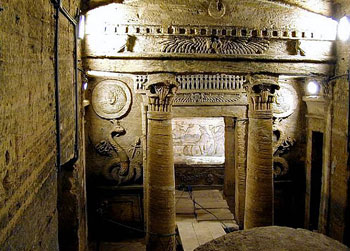
These tombs were tunneled into the bedrock in the age of the Antonine emperors (2nd century A.D.) for a single wealthy family still practicing the ancient religion. These tombs represent the last existing major construction for the sake of the old Egyptian religion It is one of the archeological woks in Alexandria that you got to see it
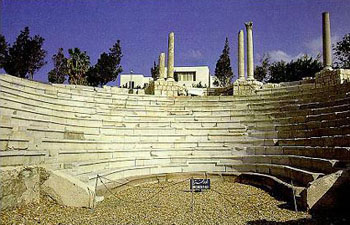
Over 30 years of excavation have uncovered many Roman remains including this well-preserved theatre with galleries This is almost in the centre of the city of Alexandria; the last major rebuild was in the 6th century A.D
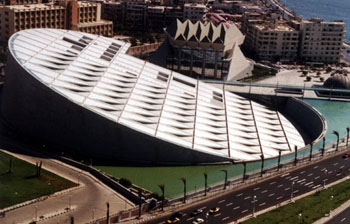
It is an international center of knowledge and it is a wonderful reincarnation of the famed ancient library of Alexandria The Library of Alexandria is of religious significance because of its original Role as a temple And its collection of many religious manuscripts Amazing place to visit and enjoy with the different knowledge
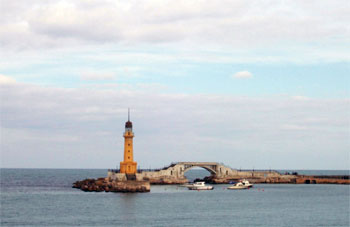
The Citadel was erected on the exact site of the famous Lighthouse of Alexandria, which was one of the Seven Wonders of the Ancient World Two earthquakes completely destroyed the entire Lighthouse. Then they built anew one and this one in the eastern port of Alexandria
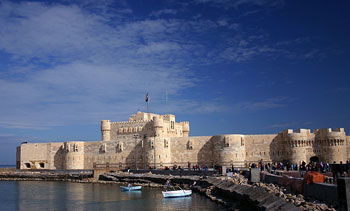
About 1480 A.D, the Mameluke Sultan Al-Ashraf Qaitbay fortified the plac as part of his coastal defensive edifices against the Turks, who were threatening Egypt at that time. He built the castle and placed a Mosque inside it And it was the entrance when the German came and occupied Egypt It is one of the interesting monuments in Alexandria